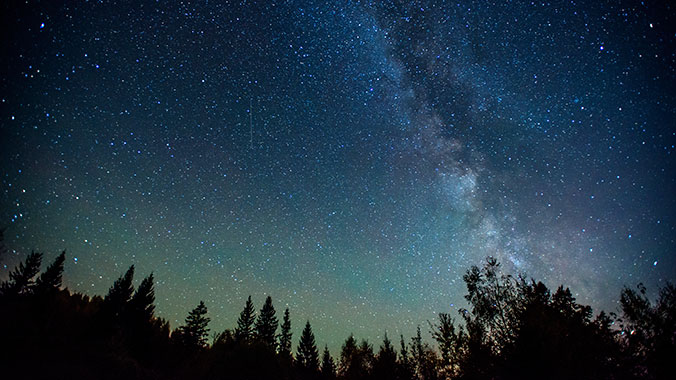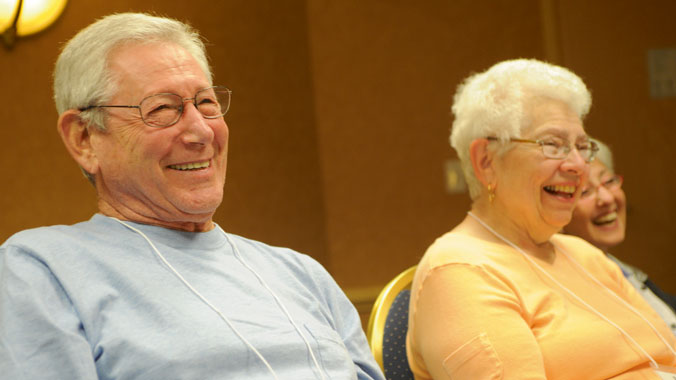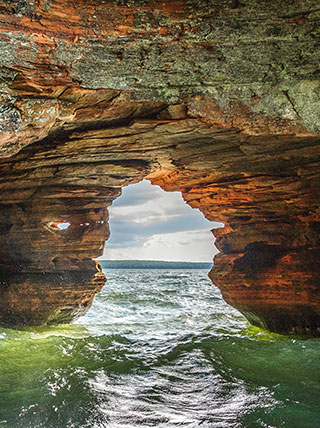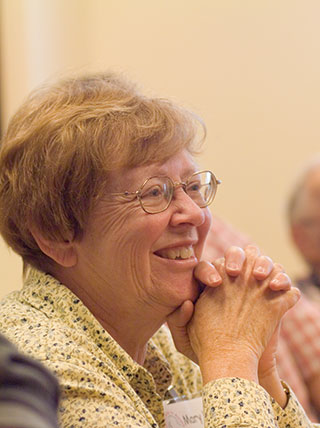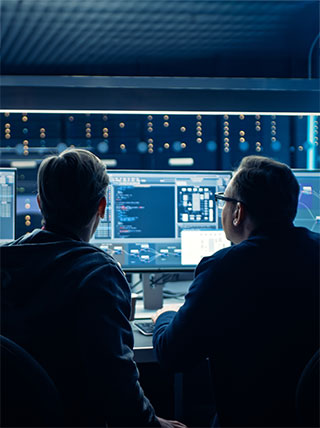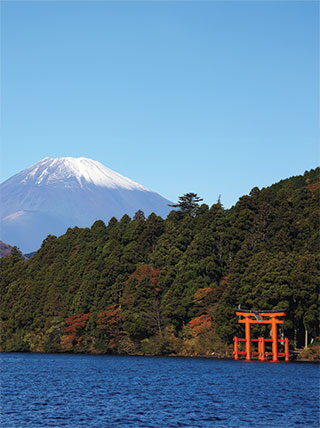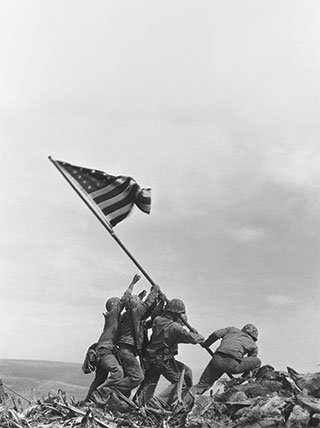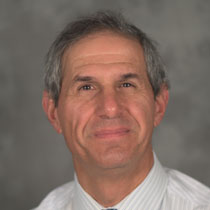
A Week With the Scientists at Penn State University
Enroll with Confidence
We want your Road Scholar learning adventure to be something to look forward to—not worry about. Learn more
Protecting the Environment
We offset a portion of the emissions created by your travel. Learn more
At a Glance
What You'll Learn
- Choose the meteorology date and learn how to read radar, observational networks and understand numerical weather prediction with demonstrations from expert meteorologists.
- Choose the astronomy date and learn from knowledgeable astronomers about Mars in 3-D and dark energy while searching for planets and life around other stars.
- Choose the astronomy date and view astronomical objects through a variety of telescopes including one large research-grade telescope.

Please note: This expert may not be available for every date of this program.






- 2024
- Jun 02 - Jun 07
- Jun 09 - Jun 14
- 2024
- Jun 02 - Jun 07
- Jun 09 - Jun 14
Activity note: Inn check in from 4:00 p.m.
Afternoon: Program Registration: 4:30-6:00 p.m. After you have your room assignment, come over to the Road Scholar table in the lobby to register with the program staff and get your welcome packet containing your name-tag, up-to-date schedule that reflects any last-minute changes, and other important information. If your arrival is delayed, please ask for your packet when you check in.
Dinner: In the hotel dining room with the professors. Choose what you like from the dinner buffet with coffee, tea, and water; other beverages available for purchase.
Evening: Orientation: The Group Leader will greet everyone with a warm welcome and lead introductions. We will review the up-to-date program schedule and any changes, discuss roles and responsibilities, logistics, safety guidelines, emergency procedures, and answer any questions you may have. Three instructors will lead lessons and field trips, each with their own style and areas of expertise. All instructional sessions will take place at Davey Lab, which is about ½ a mile from the hotel. Transportation will be provided for those who prefer not to walk. Given the nature of celestial observation, some activities — the telescopic observation evening activity in particular — may be altered depending on weather conditions. To account for these weather conditions, night observation will take place on 1 of 3 evenings and the other 2 will be at leisure. For lunches, participants will receive prepaid debit cards to choose and buy lunch (included in the program cost) from an extensive selection at the Hetzel Union Building. Free time is reserved for your personal independent exploration. Please be aware that program activities, schedules, and personnel may need to change due to local circumstances. In the event of changes, we will alert you as quickly as possible. Thank you for your understanding. We’ll wrap up as our presenters give an introduction to astronomy! Continue getting to know your fellow participants, settle in, and get a good night’s rest for the full day ahead.
Activity note: Getting on/off a trolley necessitating a few steps ; .3 mile walk from trolley drop off to Davey Lab.
Breakfast: In the hotel dining room, choose what you like from the breakfast buffet.
Morning: We’ll set off on a narrated trolley ride around the Penn State campus. After arriving at Davey Lab, we’ll get started with an orientation to the solar system with our instructors.
Lunch: At the Hetzel Union Biulding (HUB), participants will be given prepaid debit cards with which to buy lunch included in the program cost. Among many other choices, the most popular option is the Soup & Garden, which offers choices from a diverse salad and hot main dish bar.
Afternoon: After returning to Davey Lab, we’ll have four specialist lectures given by our knowledgeable and enthusiastic instructors on Naked Eye Astronomy, "Why did we stop calling the Sun a planet?", Solar Observing and Buying a Telescope.
Dinner: Hotel buffet.
Evening: Weather permitting, on the rooftop observatory on Davey Lab led by our instructors, we will view astronomical objects through a variety of telescopes including one large research-grade telescope. The night this happens depends on local conditions.
Activity note: Getting on/off a trolley necessitating a few steps ; .3 mile walk from trolley drop off to Davey Lab.
Breakfast: Hotel buffet.
Morning: At the Davey Lab with our instructors, we’ll learn about the birth and evolution of stars.
Lunch: At the Hertzel Union Building (HUB).
Afternoon: Our lecture series will continue in Davey Lab with our instructors to address black holes and The James Webb Space Telescope.
Dinner: This meal has been excluded from the program cost and is on your own to enjoy what you like. The Group Leader will be happy to offer suggestions.
Evening: At leisure. You may wish to visit other attractions on campus and in town on your own or just relax at the hotel. Telescope night viewing rescheduled here if needed due to weather.
Activity note: Getting on/off a trolley necessitating a few steps; .3 mile walk from trolley drop off to Davey Lab ; five minute walk to dinner.
Breakfast: Hotel buffet.
Morning: Strap in for lectures on The Milky Way and Galactic Cannibals in the Davey Lab.
Lunch: At the Hertzel Union Building (HUB).
Afternoon: We’ll have 2 lectures in Davey Lab including a brief history of the universe and The Big Bang & dark energy.
Dinner: Dinner at a local restaurant.
Evening: At leisure. Telescope night viewing rescheduled here if needed due to weather.
Activity note: Getting on/off a trolley necessitating a few steps; .3 mile walk from trolley drop off to Davey Lab.
Breakfast: Hotel buffet.
Morning: At the Davey Lab, we’ll start off the day with a lecture about time travel, wormholes, and the multiverse
Lunch: At the Hertzel Union Building (HUB).
Afternoon: Attend 2 lectures about searching for planets & life around other stars and asteroid impacts. These are followed by an open discussion.
Dinner: Hotel buffet.
Evening: Enjoy a fun and friendly game of Astro Jeopardy with your fellow Road Scholars using the knowledge you’ve gained over the course of the program!
Activity note: Hotel check out 11:00 a.m.
Breakfast: For our final meal of the program together, our professors from week will join us for the breakfast buffet.
Morning: This concludes our program. We hope you enjoy all your Road Scholar learning adventures and we look forward to having you on rewarding programs in the future. Don’t forget to join our Facebook page and follow us on Instagram. Best wishes for all your journeys!
Recommended For You


